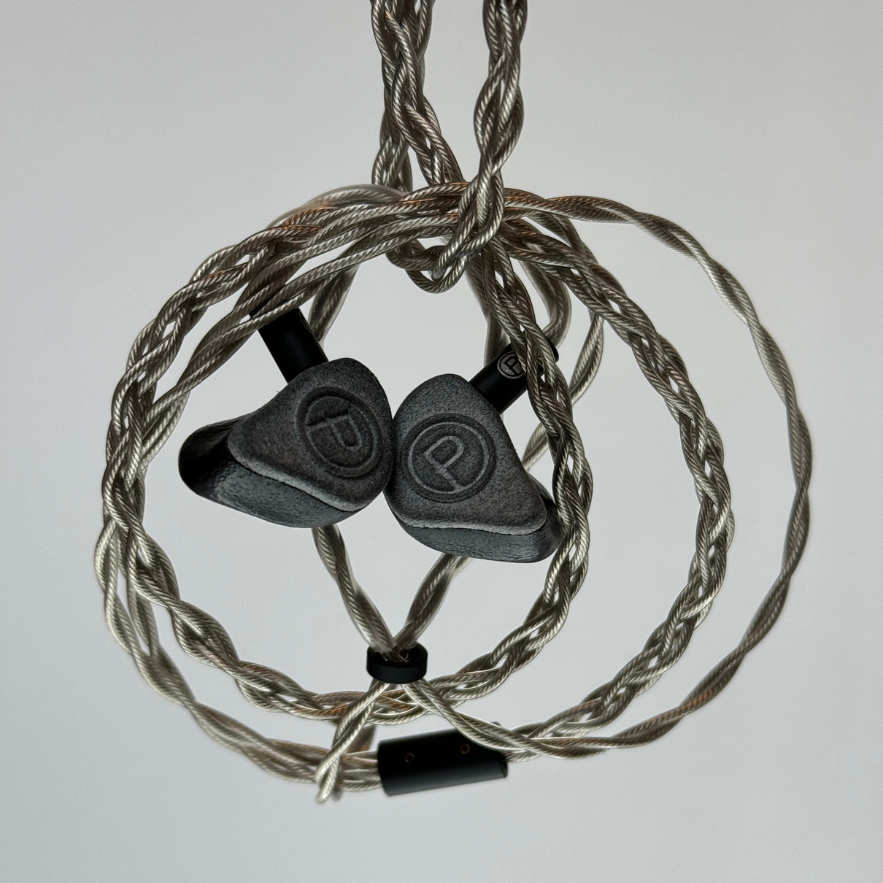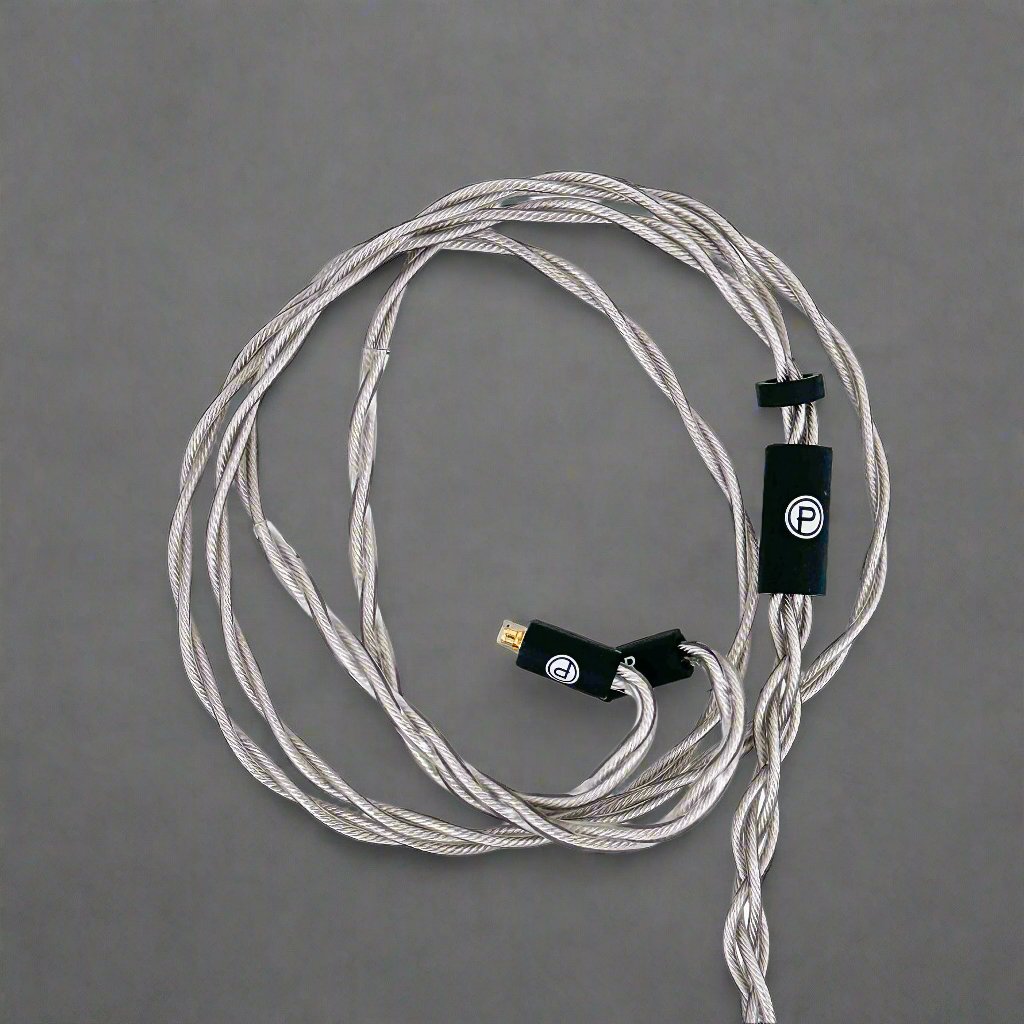In-ear monitors (IEMs) have revolutionized how musicians experience live performances and studio recordings, thanks in part to advanced technologies like balanced armature drivers. These small but powerful components are key to delivering high-fidelity audio that meets the high standards professional musicians expect.
What Are Balanced Armature Drivers?
Balanced armature drivers are miniature electromagnetic devices designed to reproduce audio frequencies with precision and clarity. Unlike traditional dynamic drivers found in many headphones, balanced armature drivers operate on a different principle. They utilize a balanced armature mechanism that consists of a coil suspended between two magnets. When an electrical current passes through the coil, it causes it to move, producing sound.
Why Do Balanced Armature Drivers Matter?
Accuracy and Precision:
One of the standout features of balanced armature drivers is their ability to reproduce sound frequencies accurately across the spectrum. This precision is particularly valued in professional settings where musicians rely on IEMs to hear every nuance of their performance.
Compact Size:
Balanced armature drivers are compact, allowing manufacturers to design IEMs that fit comfortably into the ear canal without sacrificing sound quality. This makes them ideal for stage use, where bulky equipment can hinder mobility and performance.
Efficiency:
Compared to dynamic drivers, balanced armature drivers are more efficient at converting electrical signals into sound waves. This efficiency results in better overall performance, including improved detail retrieval and reduced distortion.
Choosing the Right IEMs with Balanced Armature Drivers
When selecting IEMs with balanced armature drivers, there are a few key things musicians should keep in mind:
Number of Drivers:
Some IEMs feature multiple balanced armature drivers per earpiece, each dedicated to handling specific frequency ranges (e.g., lows, mids, highs). However, while more drivers often mean a higher price tag, it doesn’t necessarily translate to better performance. The industry often uses this as a marketing tactic, so don’t get sucked into thinking more drivers automatically mean better sound quality and overpay in the process.
Sound Signature:
Different brands and models may have distinct sound signatures, ranging from neutral and balanced to enhanced bass or treble emphasis. The choice depends on personal preference and musical genre. If you're unsure or prefer versatility, we recommend going with something more neutral, like our Unity IEM. It'll keep your sound even and balanced, making it a great all-around option.
Fit and Comfort:
Since IEMs with balanced armature drivers are designed to sit snugly in the ear canal, comfort and fit are crucial for extended wear during performances or recording sessions. A proper fit ensures not only maximum comfort but also optimal sound quality and noise isolation. When choosing IEMs, it's essential to consider ear tip materials, shapes, and sizes to ensure a snug, comfortable fit.
Conclusion
Balanced armature drivers represent a pinnacle of audio engineering, offering musicians and audio professionals unparalleled sound quality, accuracy, and isolation in a compact form factor. As technology continues to evolve, these drivers remain at the forefront of innovation, shaping the future of in-ear monitoring for musicians around the world.
Whether you're a seasoned performer or a budding musician, understanding the role of balanced armature drivers in IEMs can elevate your auditory experience to new heights. Explore the possibilities, immerse yourself in the music, and discover how these remarkable devices can transform your musical journey.
For more insights into IEM technology and recommendations on choosing the right equipment, stay tuned to our blog. Your passion for music deserves nothing less than the best in audio fidelity and performance.



